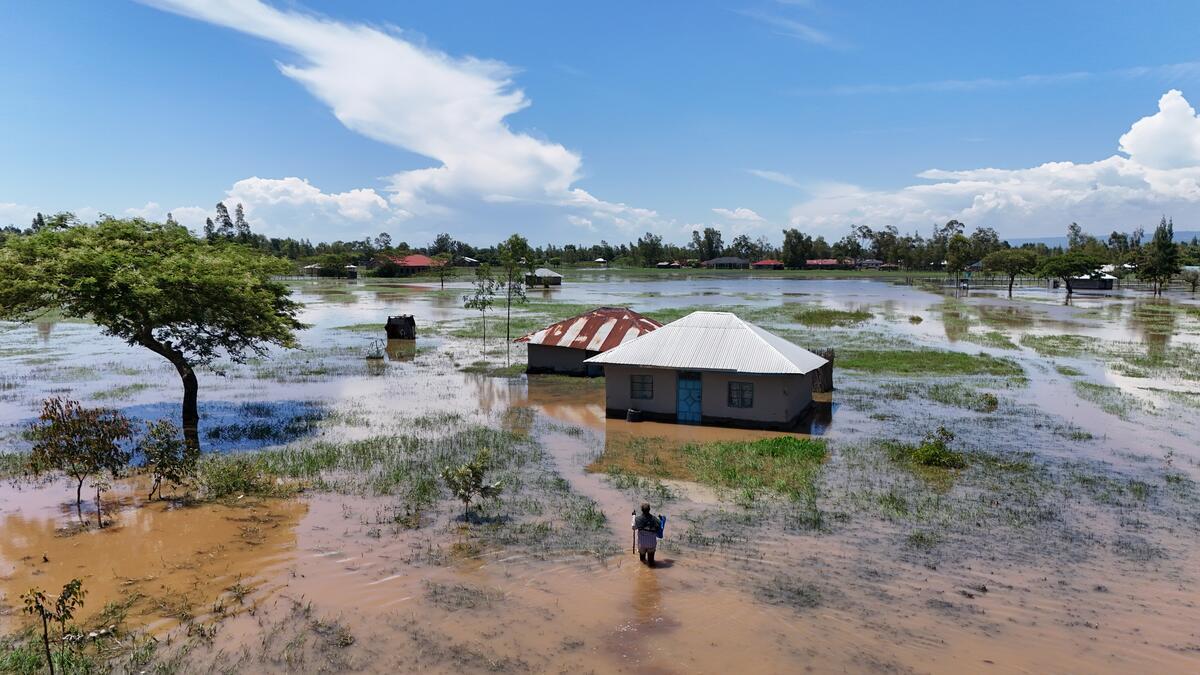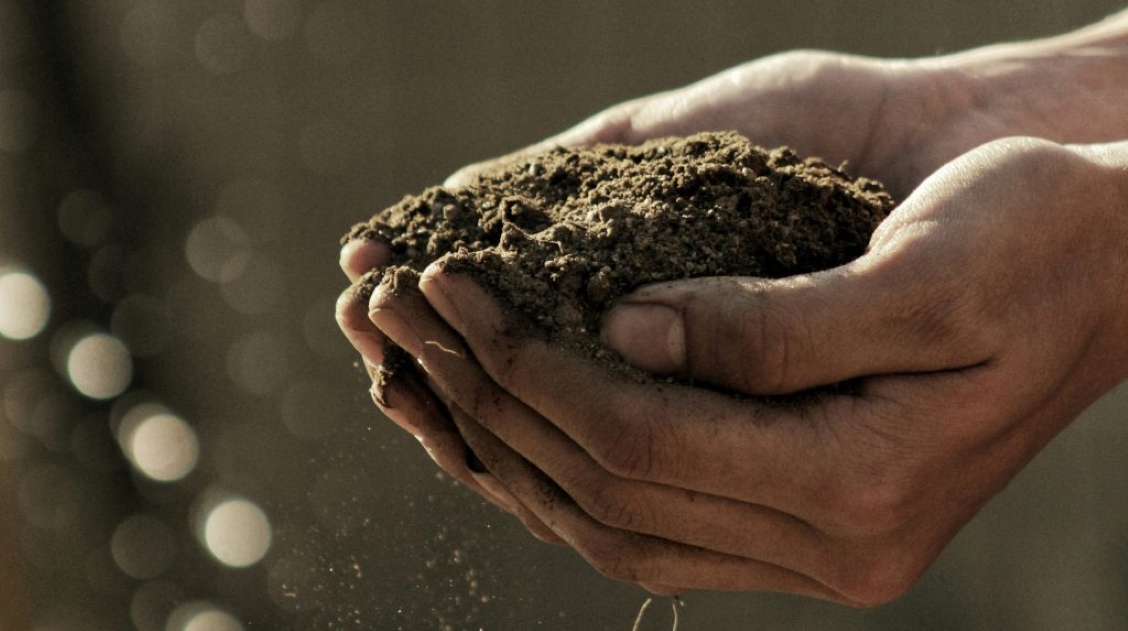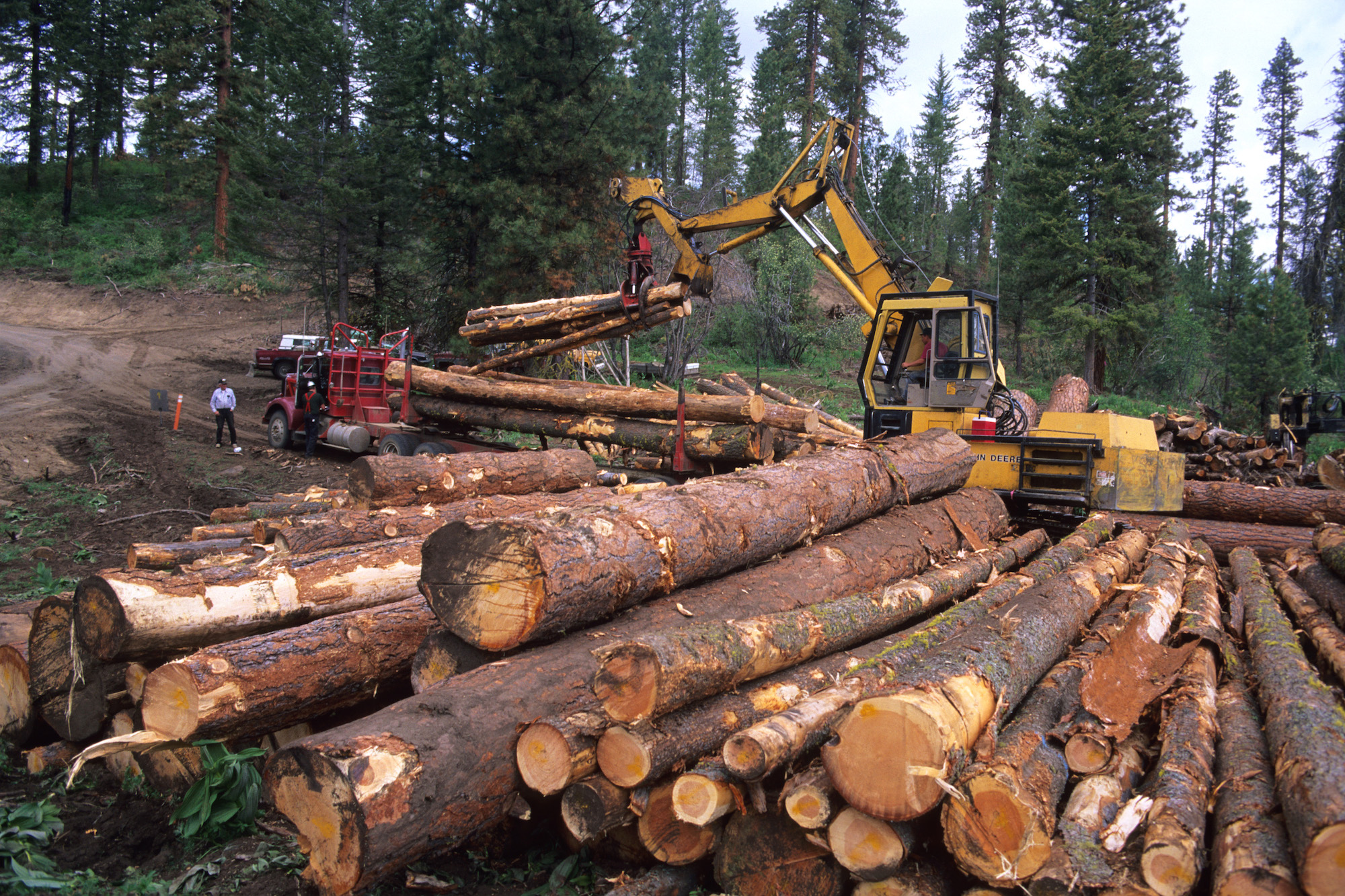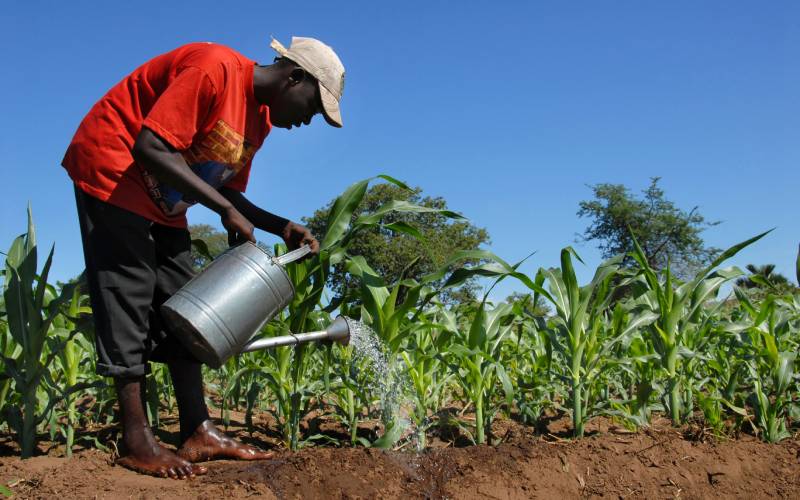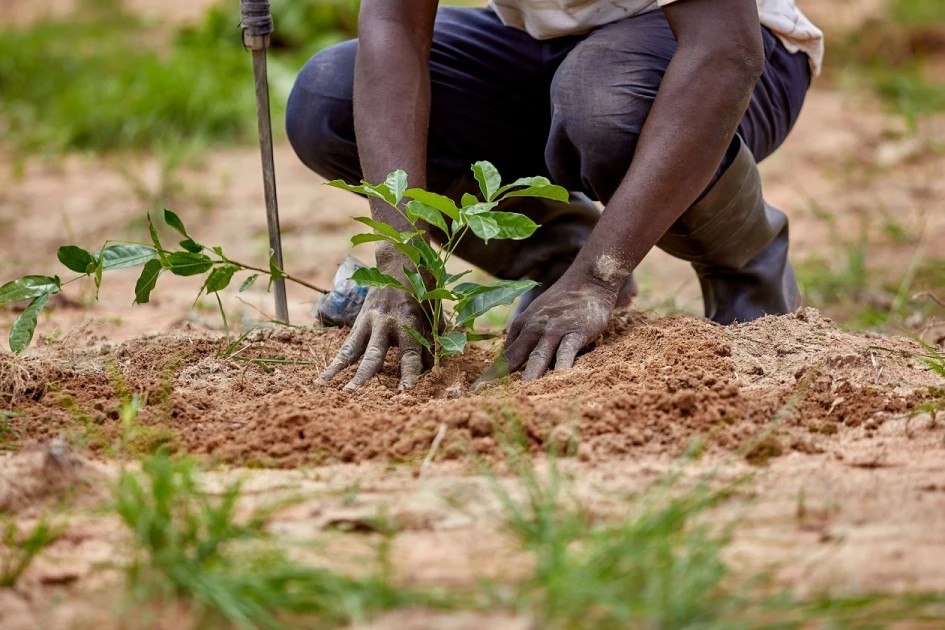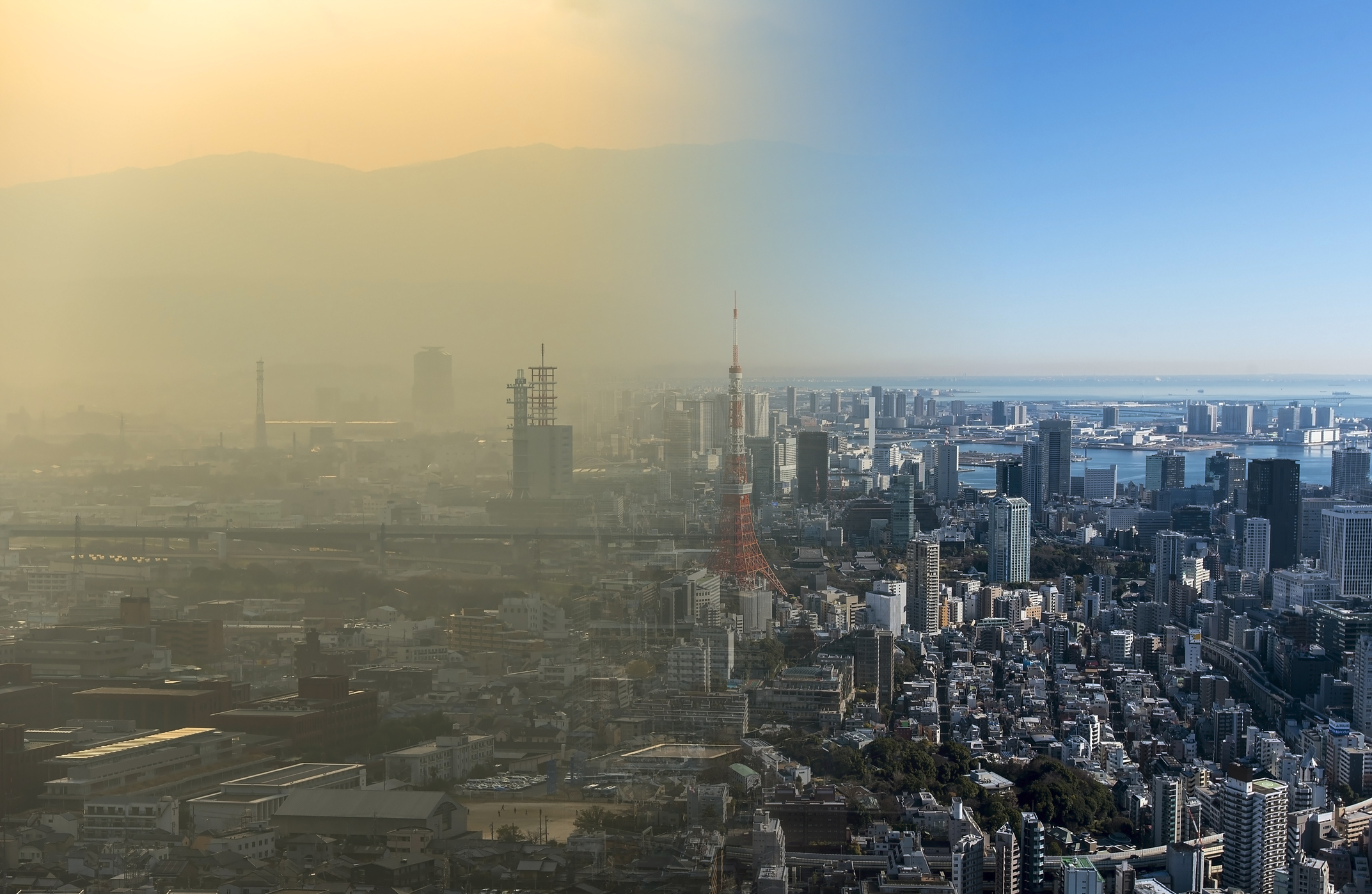- Imagine this: poor families often live in areas more exposed to danger; flood-prone zones, overcrowded settlements, or homes built with fragile materials. They may lack strong roofs, safe drainage, or access to early warning systems.
When disaster strikes, it’s ideal for populations to be prepared. But poverty turns climate hazards into full-blown crises. It’s not just about the weather, it’s about whether you have the means to survive and rebuild.
Imagine this: poor families often live in areas more exposed to danger; flood-prone zones, overcrowded settlements, or homes built with fragile materials. They may lack strong roofs, safe drainage, or access to early warning systems.
When disaster hits, they can’t afford to move, rebuild, or recover quickly. Crops, homes, and jobs vanish overnight and with no savings or insurance to fall back on, the spiral deepens.
A new United Nations report lays bare the scale of this crisis. It finds that 651 million people endure two or more climate hazards, while 309 million face three or four hazards simultaneously. The most affected regions? South Asia and Sub-Saharan Africa, with 380 million and 344 million poor people living in climate-vulnerable zones.
Kenya’s reality is often wanting. During the April 2024 floods, informal settlements bore the brunt; places like Nairobi’s Kibera and Githurai, where poor drainage, overcrowding, and fragile housing turned heavy rains into catastrophe.
Read More
Flash floods swept across Nairobi, the Rift Valley, Coastal areas, and Western Highlands. Over 200,000 people were displaced, and at least 170 lives were lost.
Homes were washed away. Families were left without shelter, food, or basic necessities. Livelihoods, small businesses, livestock, crops were destroyed, pushing already vulnerable households deeper into poverty. Access to clean water and sanitation became critical, and the risk of waterborne diseases surged.
Follow us on WhatsApp for real-time updates, community voices, and stories that matter.

